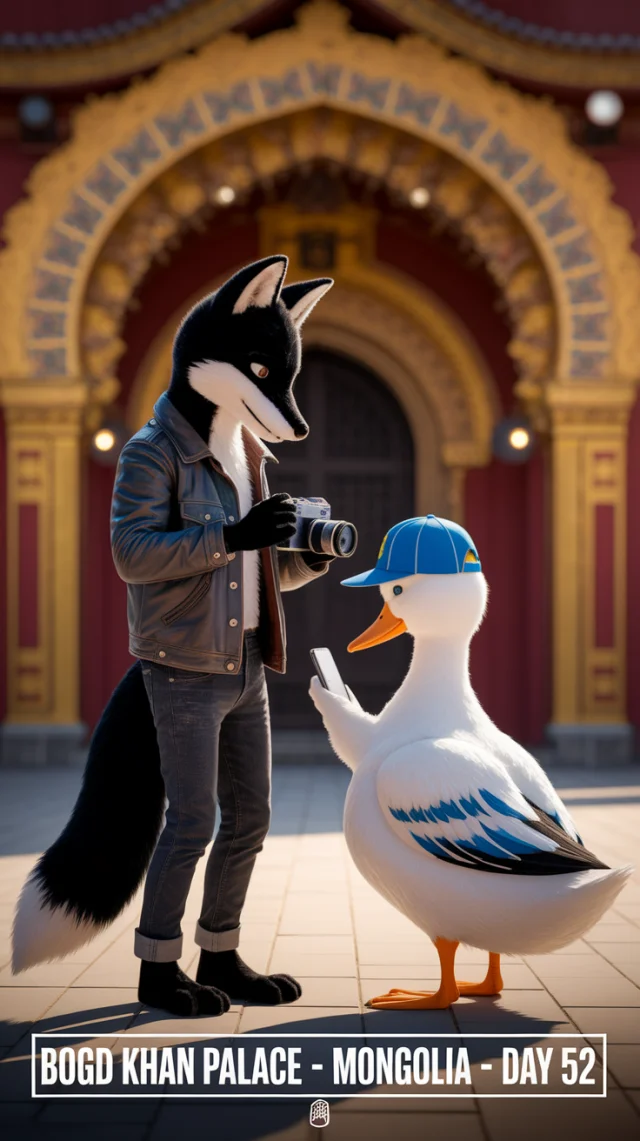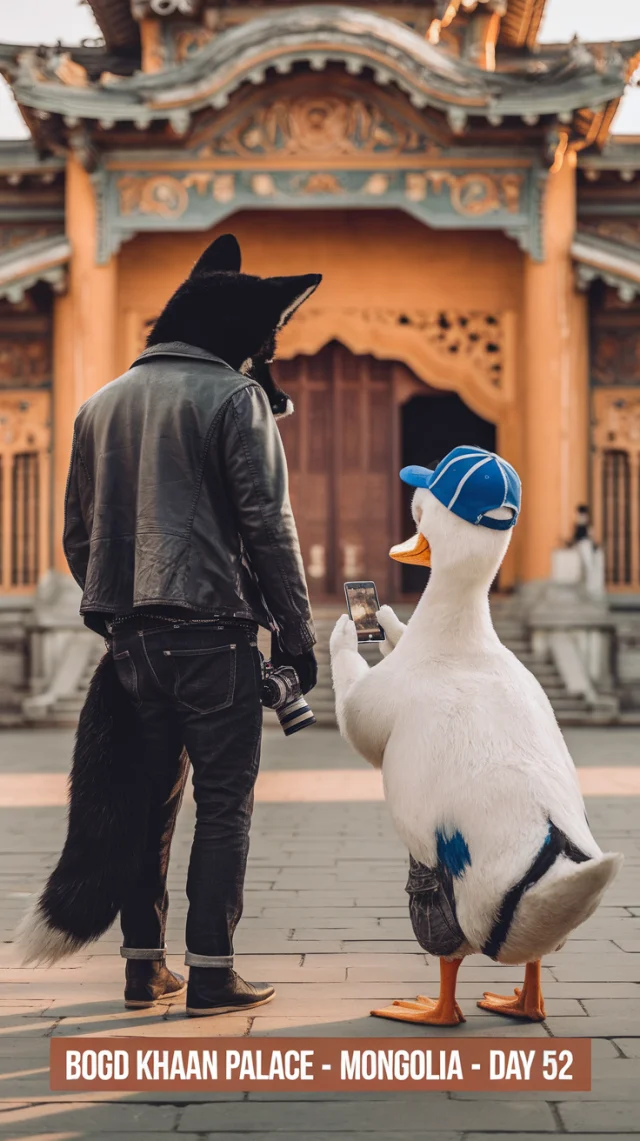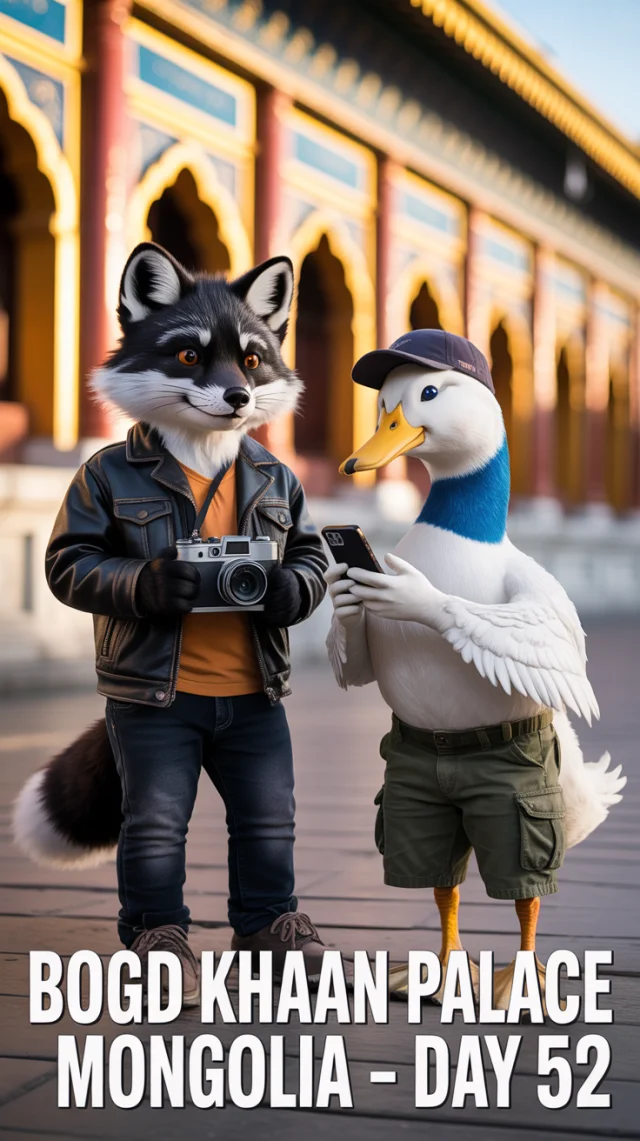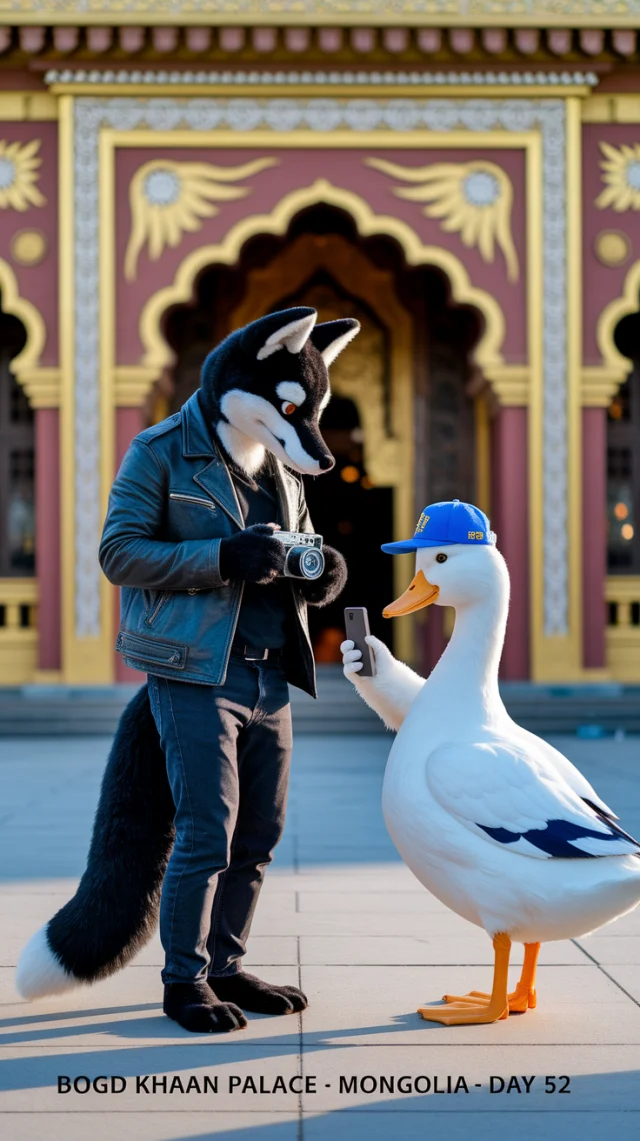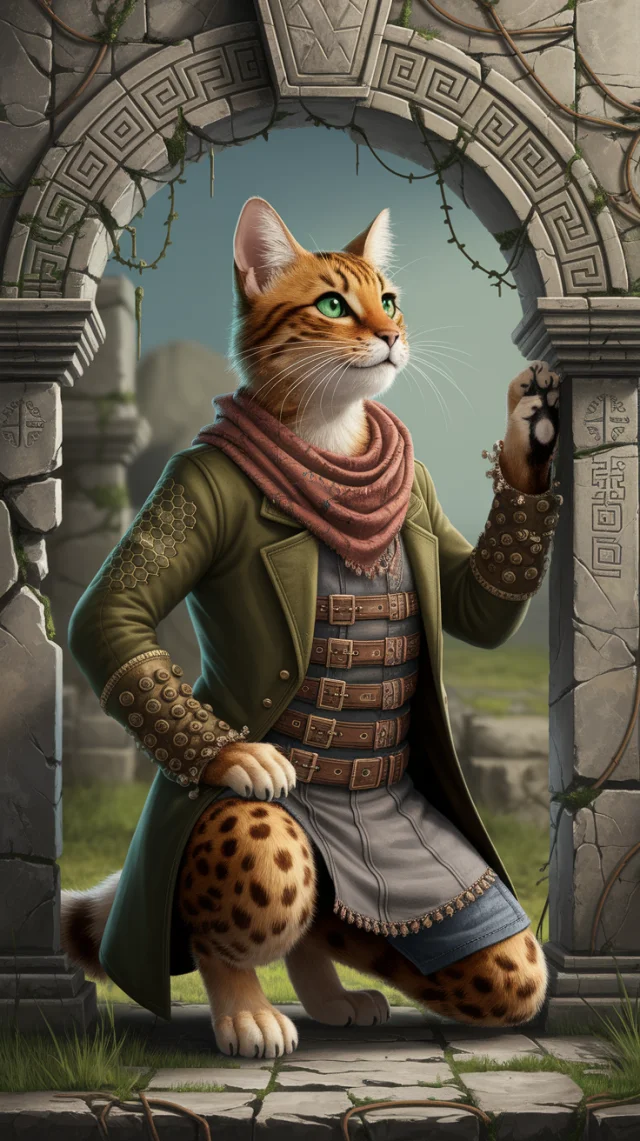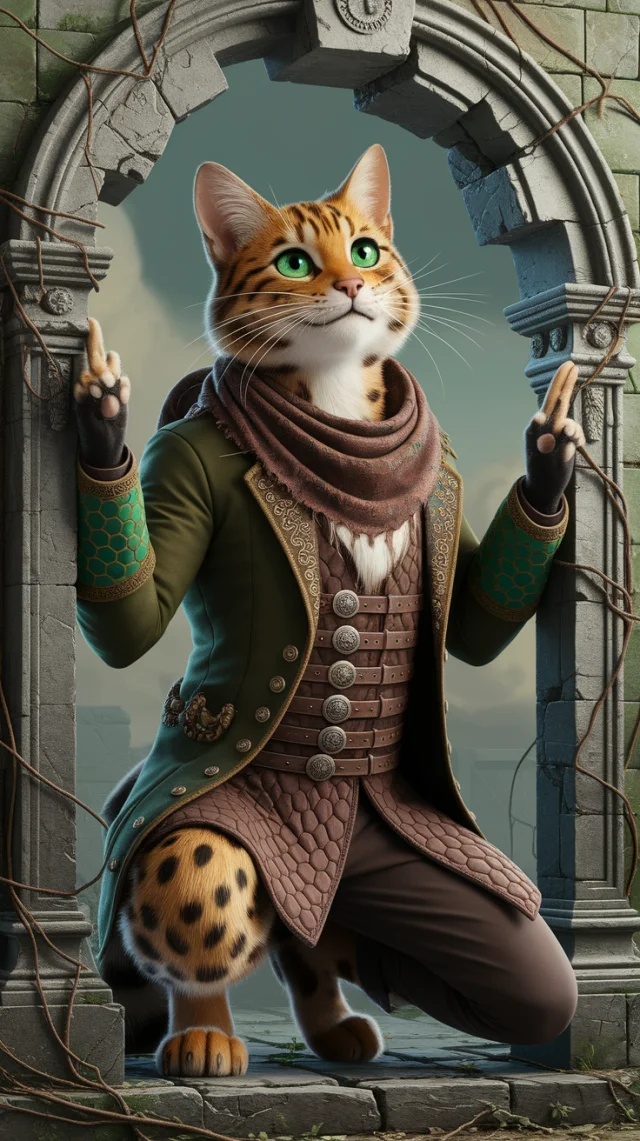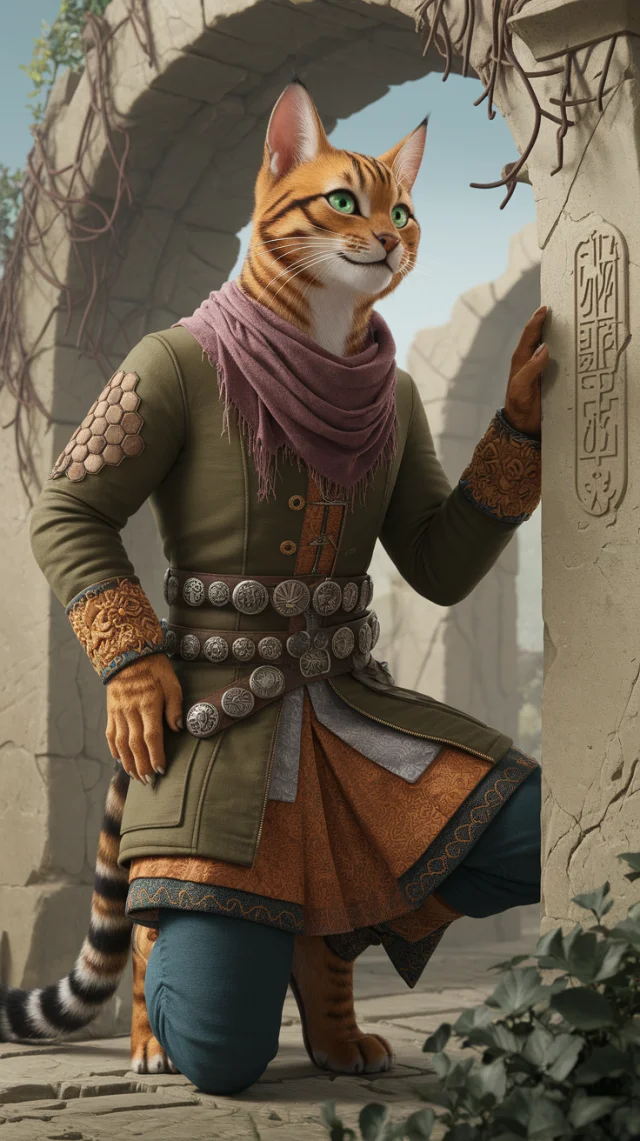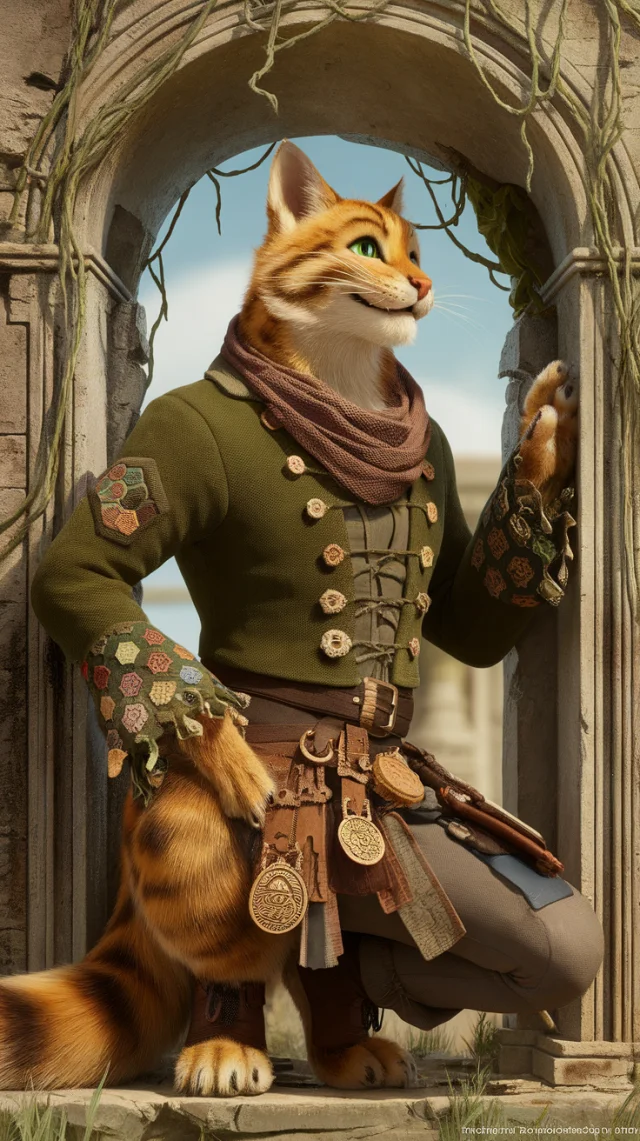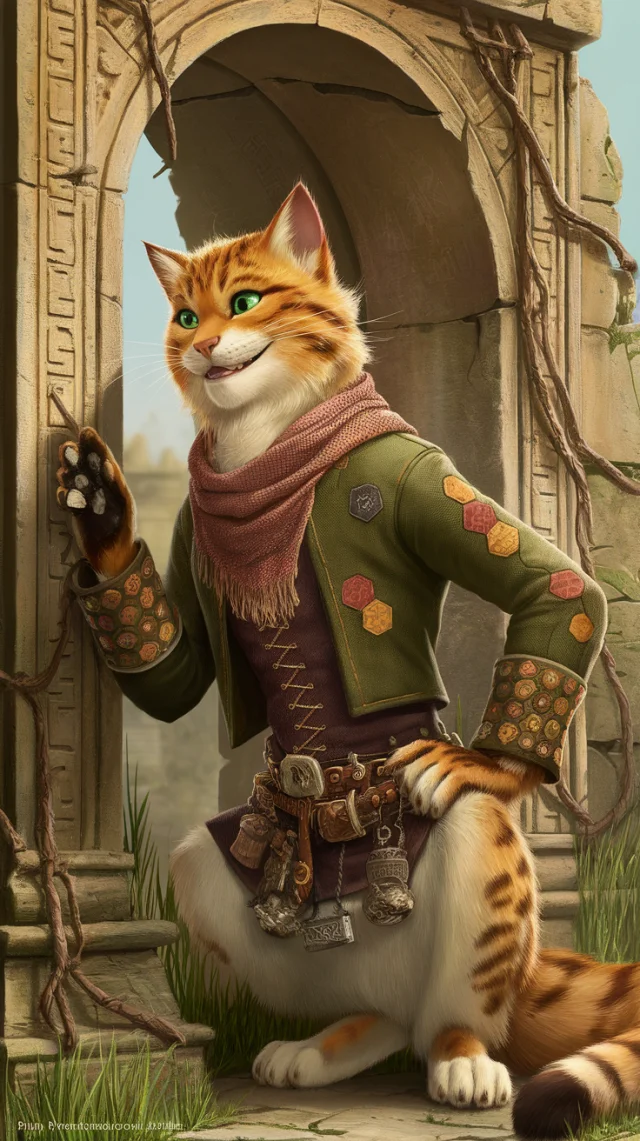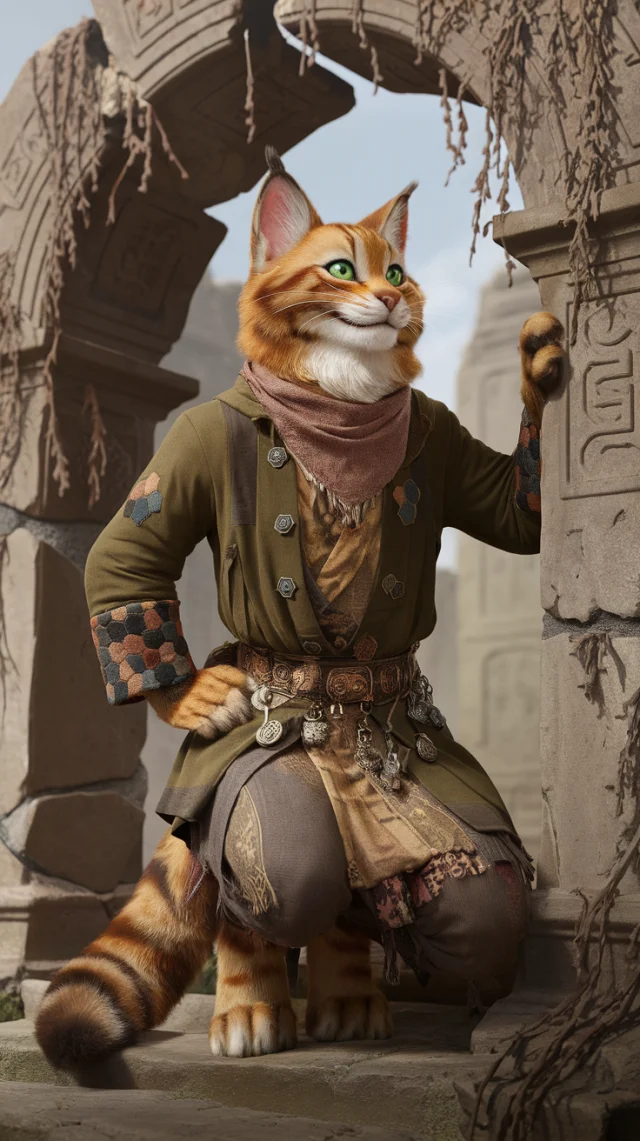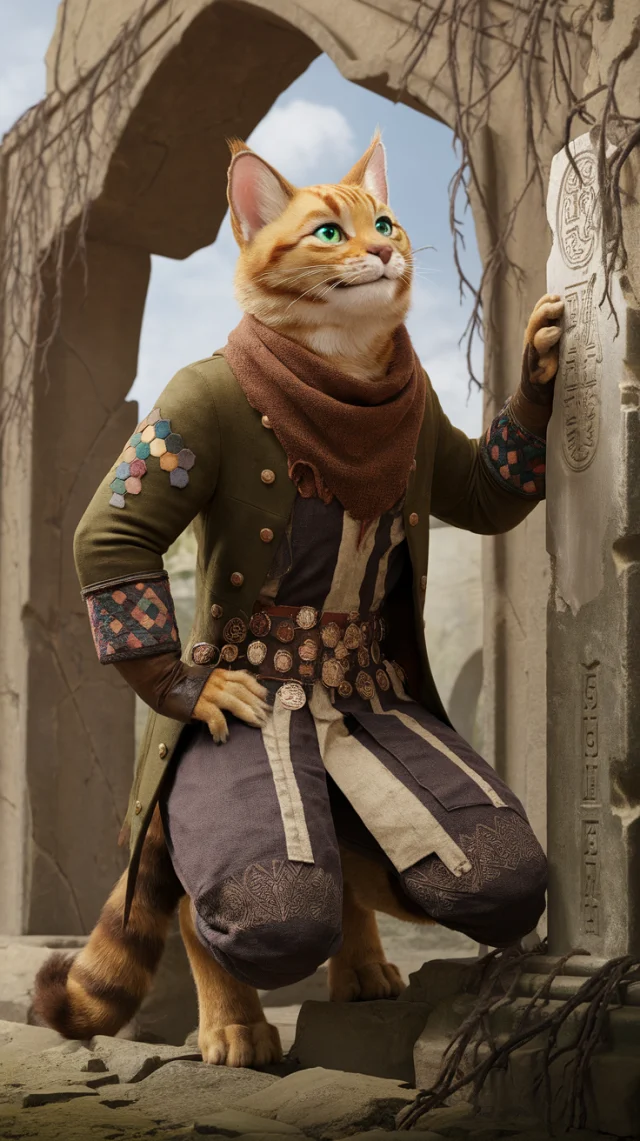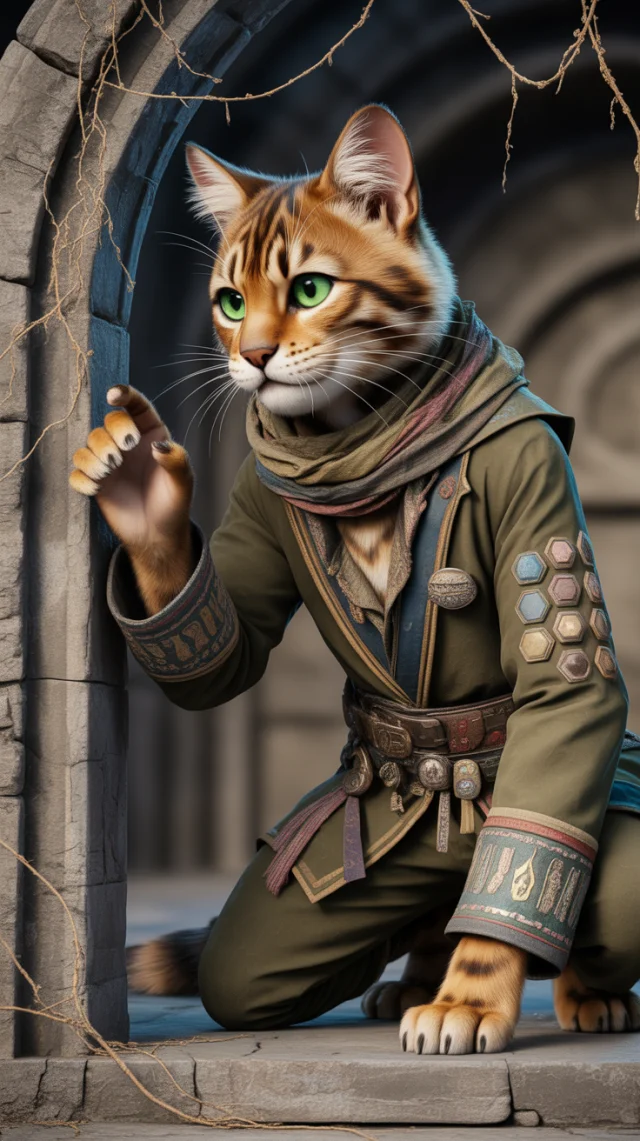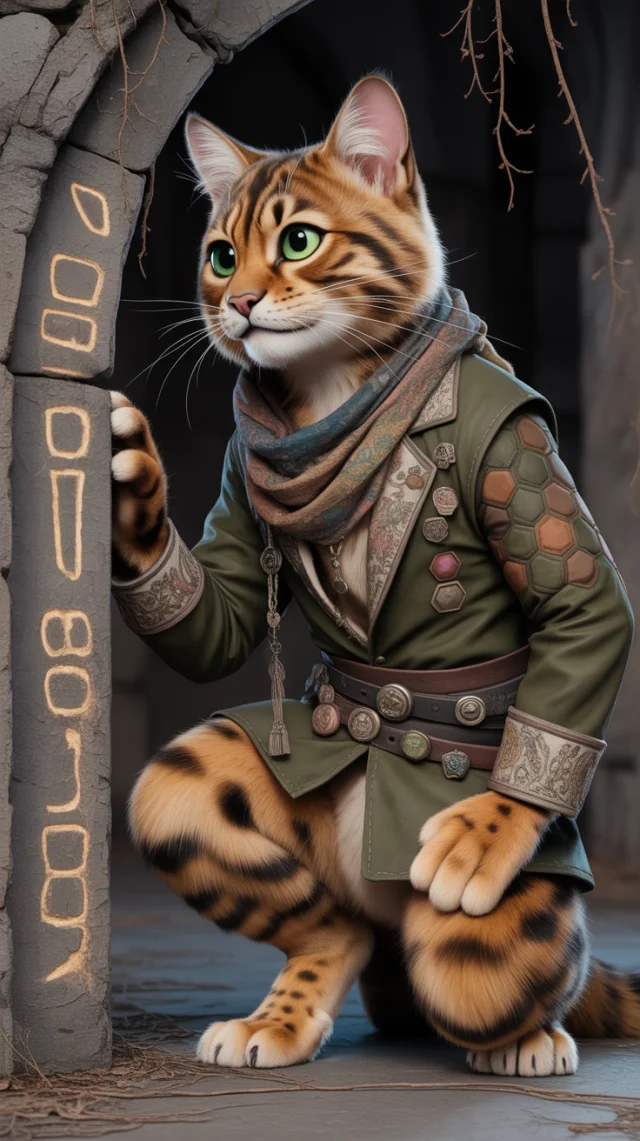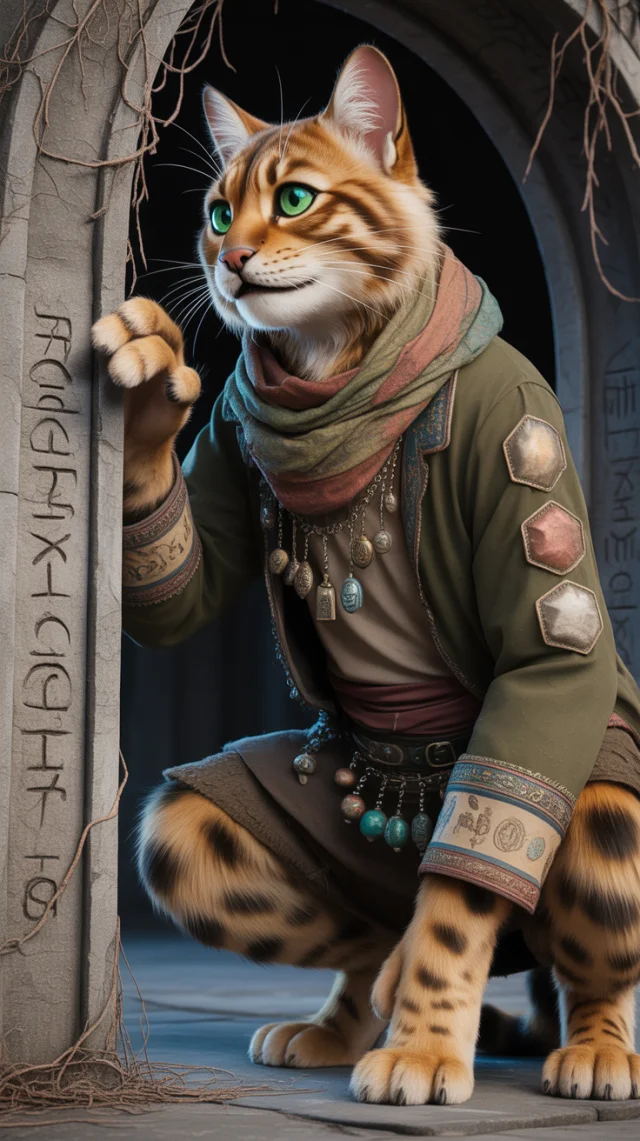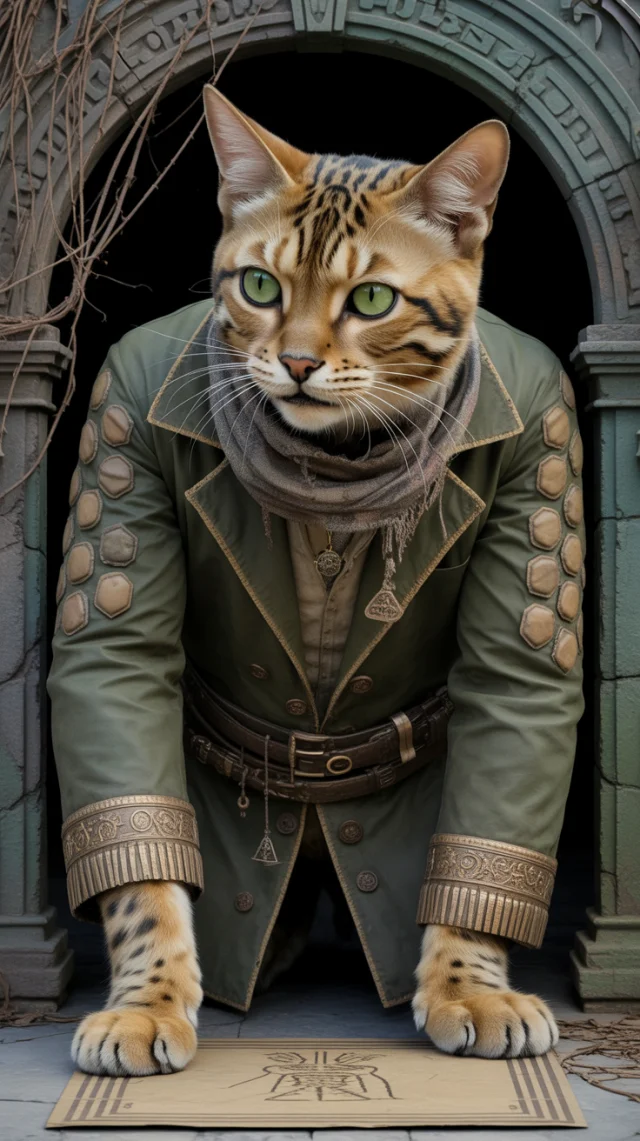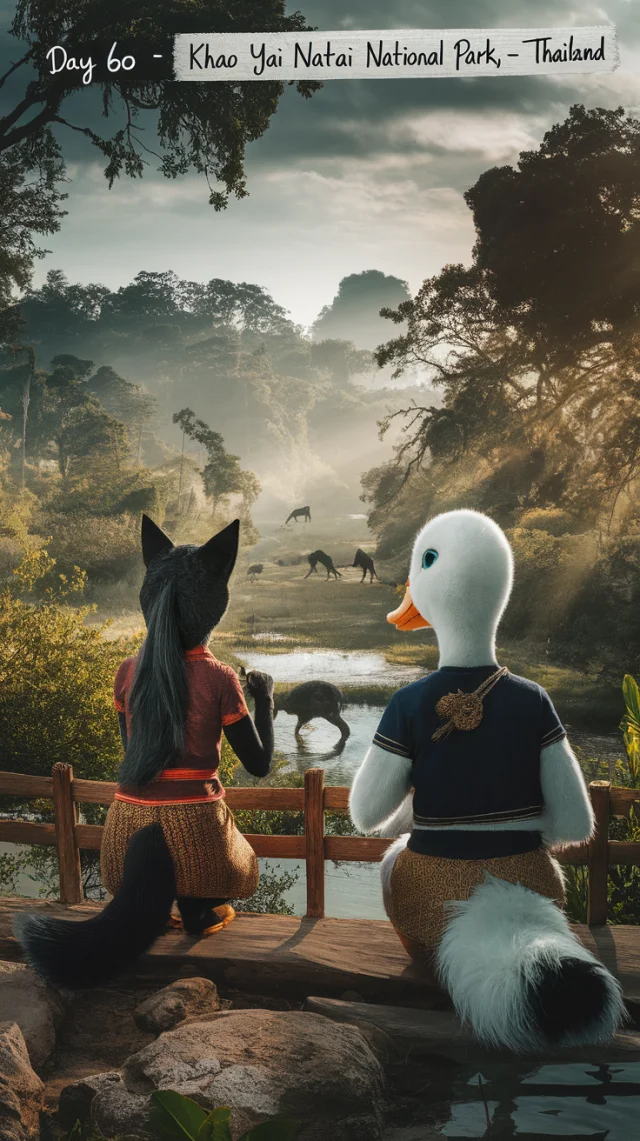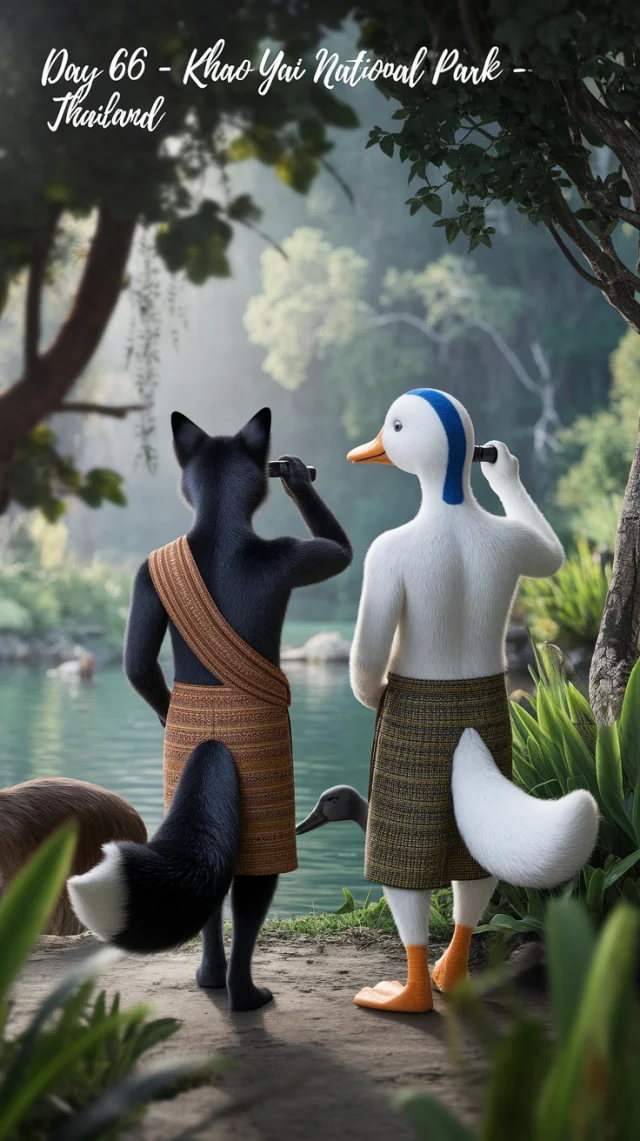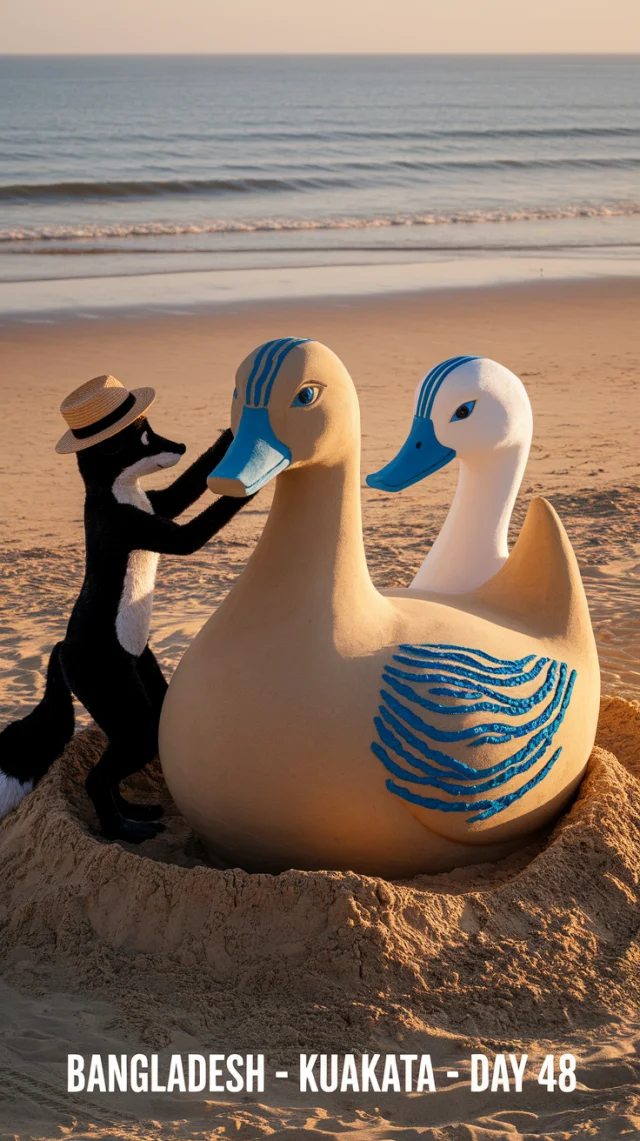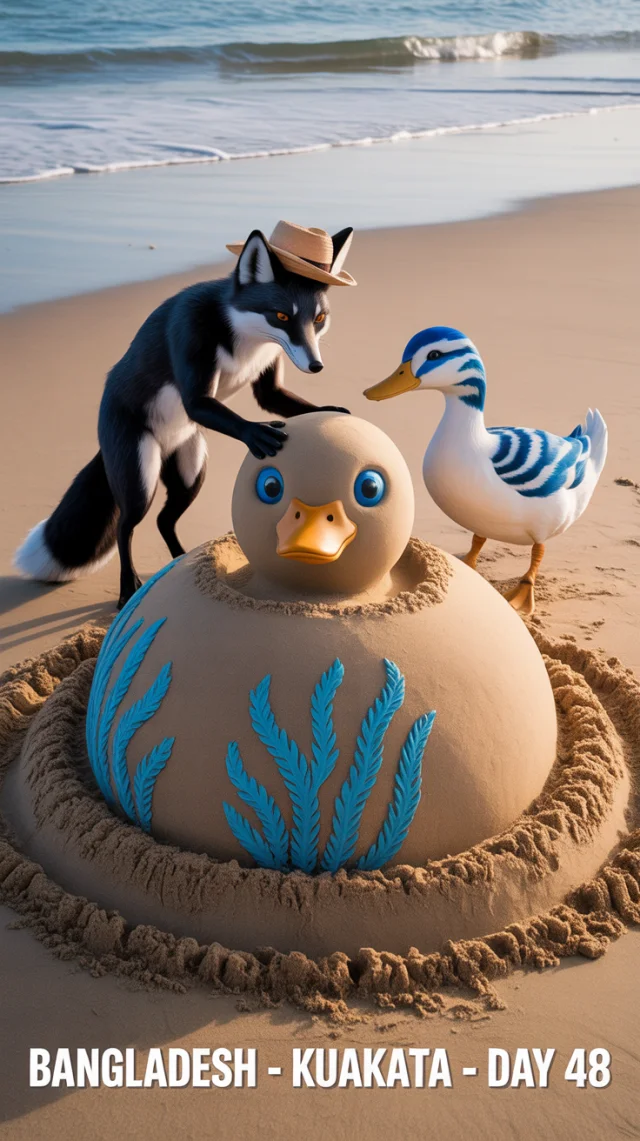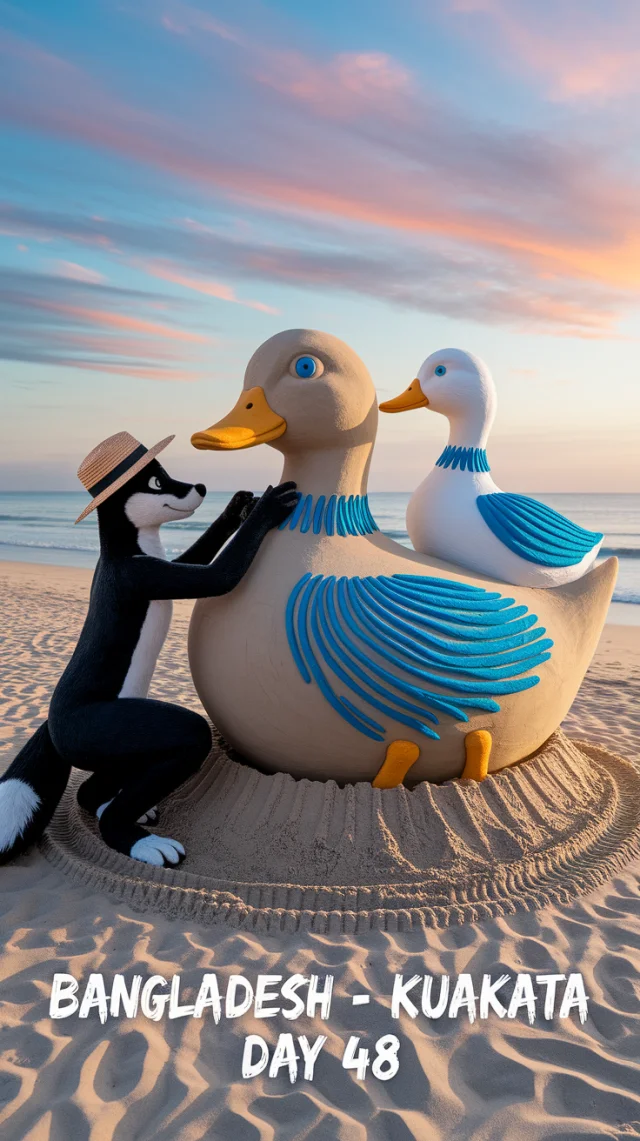Ideogram Character Comparison: Detailed Anthropomorphic Art
Pippin Whiskerstone, a tall anthropomorphic male cat, sophisticated Bengal with emerald green eyes and a golden-brown spotted coat, crouches beside a cracked ceremonial archway, inspecting a glyph. He wears a deep olive travel-jacket covered in quilted hexagonal patches and baroque embroidery along the cuffs. His layered tunic is cinched by multiple belts adorned with small carved trinkets, each worn and mismatched. A rugged scarf, half-frayed, wraps around his neck like a casual halo. Action: inspecting, head tilted with curiosity. Expression: bright, amused. Mood: inquisitive, alive. Background: relic ruins crawling with dry vines. Style: hyper-detailed 3D render
This Ideogram comparison showcases how different versions generate a detailed anthropomorphic character. We explore Ideogram 2a, 2.0, and 3.0, focusing on their ability to interpret complex prompts for unique character designs. This analysis is key for anyone interested in a **Detailed Anthropomorphic Character Ideogram Comparison**, aiming to find the best version for creating intricate, high-quality character art. Each version presents distinct visual outputs, highlighting progress in AI image generation for specific artistic needs.
Visual Differences
Visually, the progression from Ideogram v2a to v3.0 shows a marked improvement in realizing a **Detailed Anthropomorphic Character**. Version 2a provides a foundational character but struggles with finer details like intricate embroidery or specific patches. Version 2.0 offers a significant step up, rendering textures and complex clothing elements with greater accuracy, making the anthropomorphic character more convincing. However, v3.0 truly excels, delivering hyper-detailed textures, highly accurate clothing (including hexagonal patches, baroque embroidery, and trinkets), and more expressive, nuanced character features. The lighting and overall 3D render quality are also substantially more sophisticated in v3.0, aligning best with the prompt's demand for a **Detailed Anthropomorphic Character Ideogram Comparison** focused on high fidelity.
Recommendation
For creating a **Detailed Anthropomorphic Character** as described, Ideogram v3.0 is unequivocally the best. It demonstrates superior prompt adherence, especially concerning intricate clothing details, fur texture, facial expression, and the overall 'hyper-detailed 3D render' style. While v2a and v2.0 show capabilities, v3.0 delivers the most polished and accurate visuals, making it the top choice for users seeking high-fidelity results in their **Detailed Anthropomorphic Character Ideogram Comparison** and creation process.
